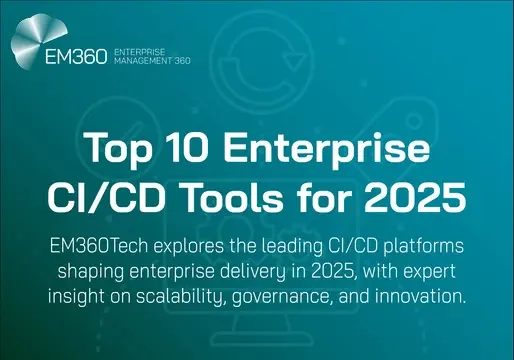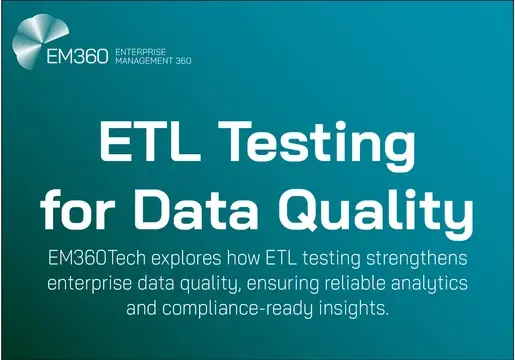FME is a vital tool in disaster management and response. It enables the integration and transformation of geospatial data for real-time tracking of disasters and hazards. By ensuring accurate and timely data analysis, it provides essential decision support for disaster management professionals.
During the Maui wildfires, FME and the Pacific Disaster Centre were crucial in managing and analysing critical data, allowing for effective coordination and response. By facilitating seamless data sharing and collaboration among stakeholders, FME helps ensure that the correct information reaches the right people at the right time.
In this episode, Alejandro Leal, an Analyst at KuppingerCole, speaks to Jorma Rodieck, a GIS Specialist at the Pacific Disaster Centre, about the importance of FME.
Key Takeaways:
- FME is an essential tool in disaster management and response, allowing for the integration and transformation of geospatial data.
- FME enables real-time data analysis and decision support for disaster management professionals.
- During the Maui wildfires, FME was instrumental in managing and analyzing critical data, providing a common operating picture for response efforts.
- FME ensures effective data sharing and collaboration among various stakeholders, enabling smooth interoperability between departments and agencies.
Chapters:
00:00 - Introduction and Background
02:35 - The Role of FME in Disaster Management
06:44 - Managing and Analyzing Critical Data with FME
10:34 - FME's Impact during the Maui Wildfires
11:59 - Ensuring Effective Data Sharing and Collaboration
15:20 - The Future of FME in the Pacific Disaster Center
18:15 - Conclusion










Comments ( 1 )
Joe Miranda
03/09/2024